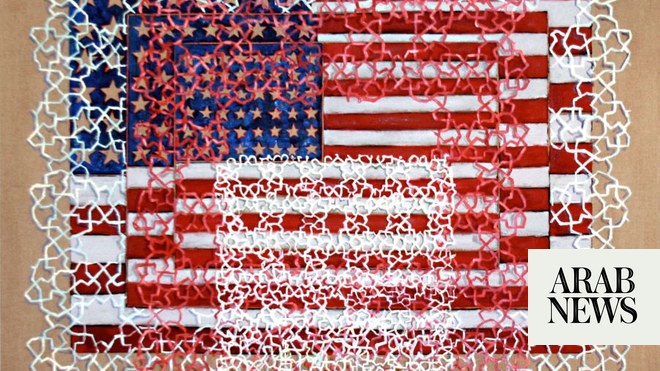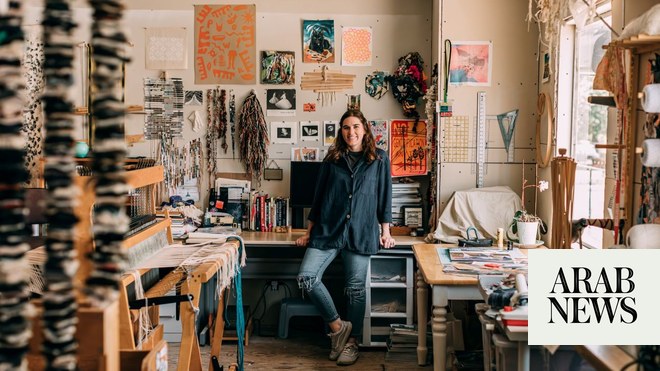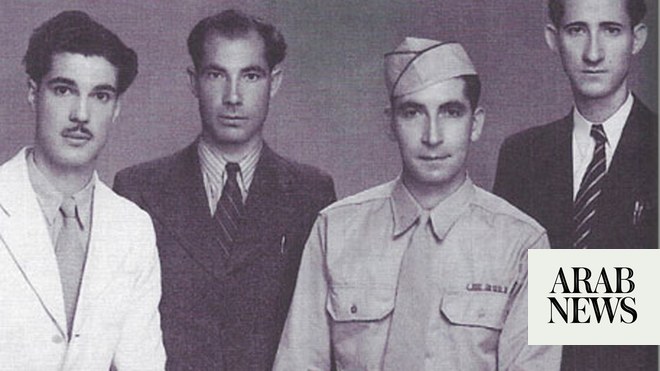
The first in this year’s series focusing on contemporary Arab-American artists in honor of Arab-American Heritage Month
DUBAI: The Arab-American artist Doris Bittar, known for her patterned imagery, has lived in California for more than 35 years. She has studios in Los Angeles and San Diego and her work has been displayed in many American institutions, as well as the Institut du Monde Arabe in Paris and at the Venice Biennale.
For the latest updates, follow us on Instagram @arabnews.lifestyle
But her story really begins in the Arab world. Bittar is of Lebanese and Palestinian heritage, but was born in Baghdad. She then spent some of her early childhood in Beirut before her family emigrated to New York in the late 1960s, when Bittar was just six. But those early years in the Middle East left an indelible mark on her art. Making art runs in the family; her father taught her to draw and her mother painted.
On growing up in the United States, Bittar tells Arab News: "There was a lot of ignorance around me. I remember in grade school, people asking me what we ate and wondering if we ate mice. But adapting wasn"t difficult. Assimilating, I think, is something Arab-Americans do very well.”
Her interest in floral, calligraphic and Islamic pattern stems from her childhood. "Like many who grew up in an Arab household, I grew up in a patterned environment," she says. "You"re kind of surrounded by the carpet and your mom"s embroideries.”
Throughout her career, Bittar has thoughtfully used geometric patterns in public murals, paintings, installations, and other mediums.
“My interest in pattern and decoration was one of structure,” she says. “Pattern and decoration are often relegated to a lower status because they seem like fill-ins and have nothing to do with composition, or other ‘hardcore’ art issues. I was interested in how those things could be structured.
"Using pattern as a structure for communication has really been my life"s mission," she continues. "If I take a pattern and turn it into a lattice — something you can look through — it becomes a bridge that you can use to discuss various things about history — like the erasure of Arab history, especially in the West. . . Part of me wanted to work with irony and embrace these trappings of beauty and examine them and turn them into structures that are empowering."












